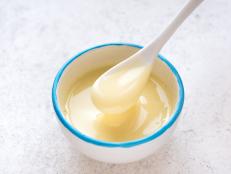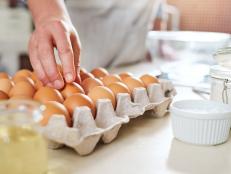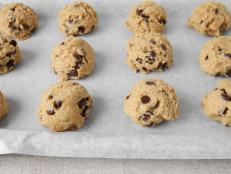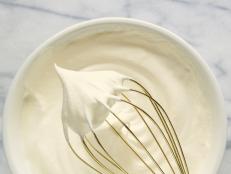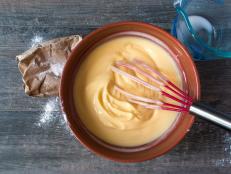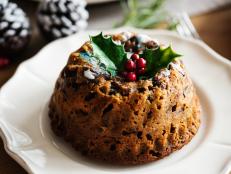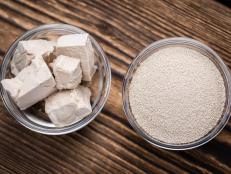Baking Soda vs. Baking Powder: What's the Difference?
Surprise, the model volcano in grade school explains a lot.

nicolamargaret/Getty Images
By Fraya Berg for Food Network Kitchen
Fraya is a chef and a contributing writer at Food Network.
If you're a baker, you're probably familiar with baking soda and baking powder. But why do some recipes call for one or the other - or both? What's the difference between the two ingredients? We’ve got all the info you’re looking for (and when you’ve got questions about other ingredients, check out our Baking Ingredient Guide).
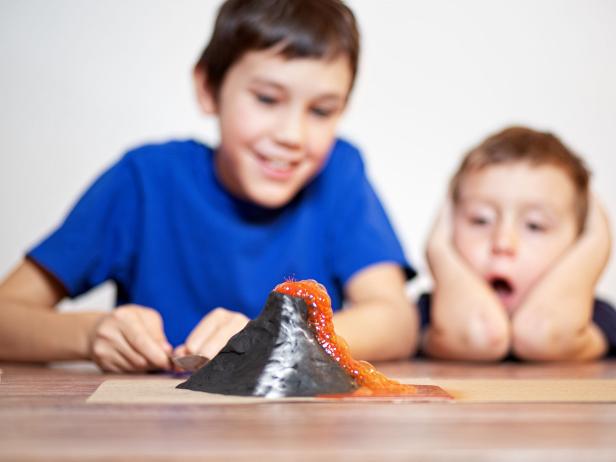
EvgeniiAnd/Getty Images
The Similarities Between Baking Soda and Baking Powder
Baking soda and baking powder are both leaveners made from a chemical called sodium bicarbonate. When sodium bicarbonate is combined with an acid, it produces a gas (carbon dioxide, C02, the same gas we exhale when we’re breathing) that lifts cakes, cookies or other baked goodies while they're in the oven. As C02 is produced, the batter expands and rises and the heat in the oven causes the protein in the batter (often eggs) to become rigid, a scaffolding of sorts that holds the baked good up even after it cools.
The Difference Between Baking Soda and Baking Powder
Baking soda is pure sodium bicarbonate, with nothing else in that box. In order for it to produce the gas, it needs an acid added. Then it gets to work neutralizing the acid, and in the process, it produces C02. Think back to the baking soda volcano experiment in grade school: when your science teacher added acid, it bubbled up and overflowed. Buttermilk, yogurt, lemon juice or molasses are a few of the acids we use in baking to activate baking soda. For this reason, baking soda is used in recipes that require an acidic ingredient added.
Baking powder is a combination of sodium bicarbonate and powdered acid (like cream of tartar). Because it already contains an acid, all it needs is moisture and heat added to activate it. It's typically used in recipes that don't call for an acidic ingredient added.
Why Do Recipes Contain Baking Soda and Baking Powder?
Some recipes, like many pancake recipes, call for both baking soda and baking powder. Do you really need to use both, and why? There are a few reasons.
Recipes that need to have a slightly acidic tang, like buttermilk pancakes, often call for both leaveners. If you leavened a recipe like this entirely with baking soda, the baking soda would neutralize the acid - including its flavor - while producing C02. Adding some baking powder means you can add less baking soda, and the recipe's tangy flavor will be preserved.
Baking soda helps baked goods brown better. And that's because browning occurs better in alkaline batters - add some baking soda to a batter with baking powder, and it'll get to work neutralizing acids, turning them alkaline and encouraging browning.
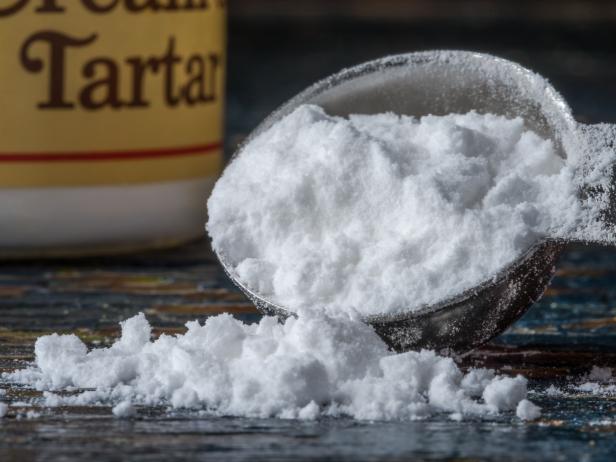
Michelle Lee Photography/Getty Images
How to Test Baking Soda and Baking Powder for Freshness
Baking soda comes in a box and we’re betting the open box is open in your baking cabinet. Baking powder comes in a container you can tightly seal, but it does have a one-year shelf life. Bottom line: both of these leaveners can lose their effectiveness and no longer leaven your baked goods. And because no one wants flat cake, here are some quick tips.
Our recommendation is to buy a new container of each the same time every year and mark the purchase date on the container. We do major baking in December, so that’s when we buy the new containers, toss the old baking powder in the trash and put the old baking soda down the kitchen drain to freshen it up.
To test baking powder for freshness: add a teaspoon of baking powder to a glass of hot water. If it bubbles up, it’s still active.
To test baking soda for freshness: add a teaspoon of baking soda to some vinegar. If it turns into a volcano, it’s still good.
Recipes that Call for Baking Soda

LUCY SCHAEFFER
Buttermilk is the acid that baking soda needs to give the lift to our Irish soda bread. The raisins sweeten it and the caraway seeds give it the real Irish cred.
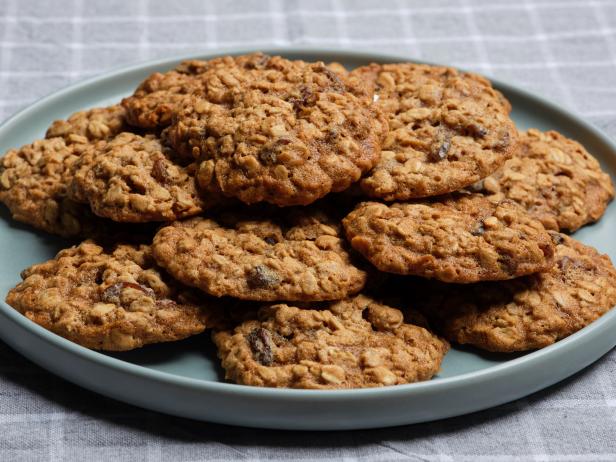
Caitlin Ochs
This recipe is our very best because it brings just the right balance of warm spices and sweetness to a classic cookie. Plus, you can customize the texture: cook the dough right away for crispy results or keep it in the fridge overnight for cakey cookies.
Recipes that Call for Baking Powder
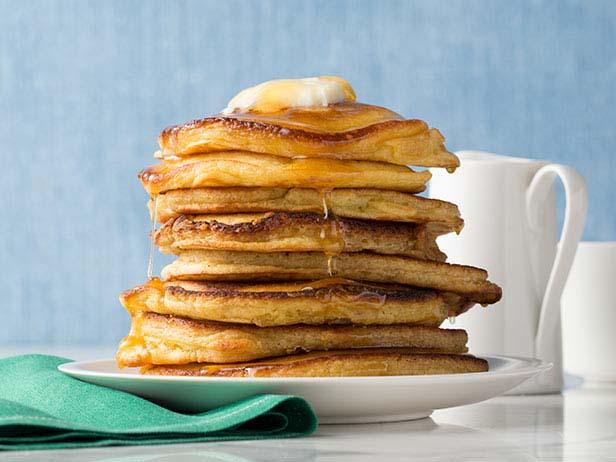
Tara Donne, Food Network: 2012, Television Food Network, G.P.
It takes just 10 minutes to prep these pancakes, so think about leaving the mix on the shelf at the grocery store. Don't have baking soda? Here's how to make pancakes without it.
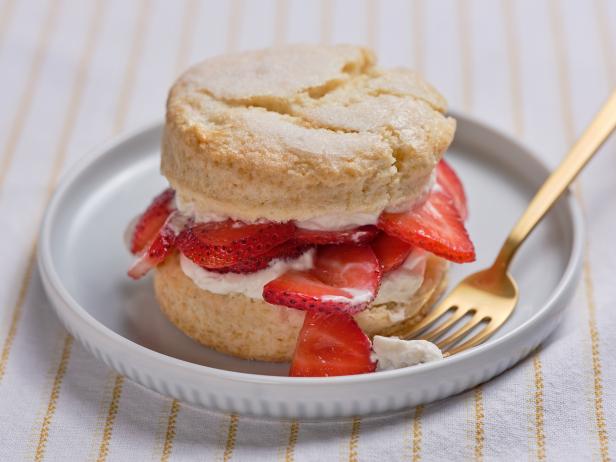
Caitlin Ochs
There are so many fruit desserts that shine, but strawberry shortcake is in our top 10. No, make that top 5. Baking powder lifts up this batter into airy perfection.
Related Links:
























